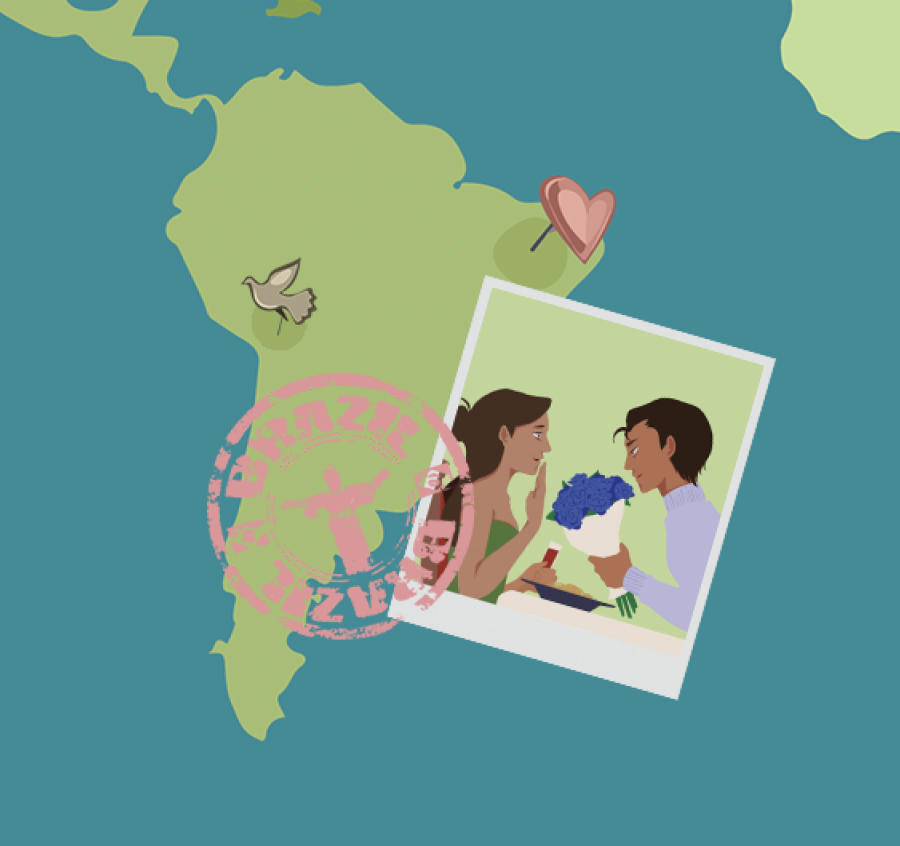Aarushi Kumar, Sarah Xie, Irene Hong
South America
In Brazil, Valentine’s Day is better known as “Dia dos Namorados,” meaning “Sweetheart’s Day” in Portuguese. Since the date of Feb. 14 clashes too closely with Carnaval, one of the biggest events held in Brazil celebrating the beginning of the Catholic Lent, the official date for Valentine’s Day was changed to be June 12. The reasoning behind this was that June 12 fell right before another day of love: Saint Anthony’s Day.
The origin of “Dia dos Namorados” dates back to 1948. Publicist João Doria was inspired by the Mother’s Day celebration in Brazil to dedicate a special day for lovers and improve sales for a clothing store. Today, there are many ways of celebrating ‘Dia dos Namorados,’ such as exchanging love-themed gifts or attending musical concerts. Some have romantic dinners with their partner and others organize heartfelt surprises.
Similar to celebrations in the United States (U.S.), Valentine’s Day in Chile, also known as “Dia de San Valentin” is celebrated on Feb. 14. Even though Valentine’s Day is not as widely celebrated in Chile compared to the U.S., the celebration is special as it is usually warm and sunny due to the country’s location in the Southern Hemisphere. According to Spanish teacher Teresa Nino-Oliva, the summer weather during Valentine’s Day in Chile allows people to engage in outdoor activities with their lovers. The summer weather also gives people in Chile more leisure time because there is no school during this time period. “Since it’s during summer vacation, there are lots of celebrations because the people do not have anything to do,” Nino-Oliva said.
Although Valentine’s Day is universally a time to spend time with one’s sweetheart, “Dia de San Valentin” is more open to celebrating with friends and family as well. “It’s called the day of ‘amor’ or ‘love’ and ‘friendship,’” Nino-Oliva said. “It’s not just romantic love but also the love for other people that you aren’t necessarily involved with romantically.”
According to sophomore Mia Besprosvanhow, “Dia de San Valentin” is not an event exclusive to adults and teenagers. At schools, candies are passed out to everyone, and many younger kids exchange small toys while older kids enjoy gifting roses and chocolates.

